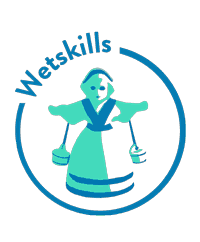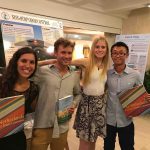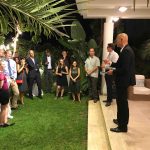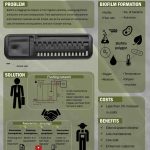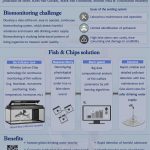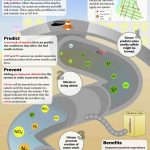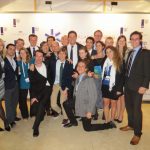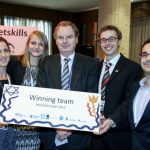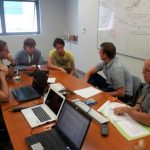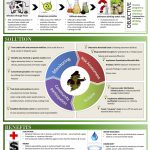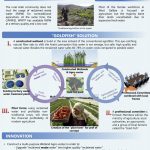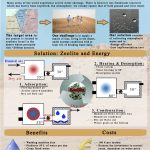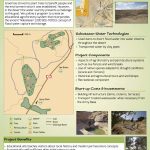
- This event has passed.
Wetskills-Israel 2017
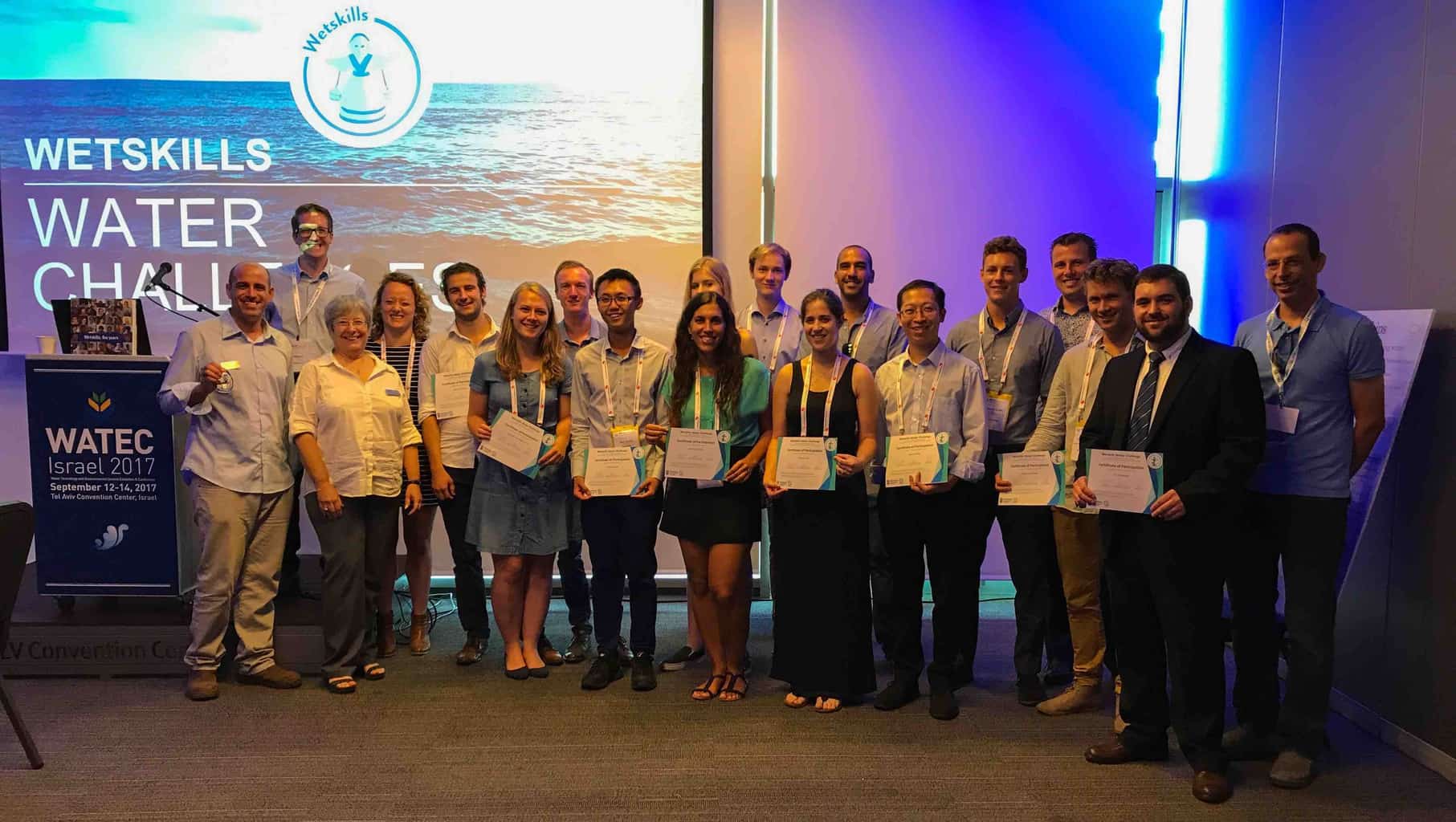

Wetskills goes to Israel again!
After four years Wetskills is back in Israel (link). Wetskills-Israel 2017: international participants from Israeli and Dutch universities worked in mixed teams on cases from Netafim (drip irrigation), Mekorot (pollutants in drinking water system) and Mey Avivim water company Tel Aviv (odor control). Our local host was again Grand Water Research Institute of Technion University in Haifa, supported by the College of Sea of Galilee.
After a nice Haifa Tour the participants went to some sites of national water carrier and Lake Kinnereth for water and cultural sites. As a kick-start of the working days, the BrainHurricane was organized with speeddate sessions with various experts in the water industry. After this the teams went further with brainstorming. All teams had a dedicated field trip toabout the case as well.
The Wetskills finals and awarding will be organized in the frame of the WATEC Conference and Exhibition in Tel Aviv: LINK. During a business reception at the residence of the Dutch Ambassador the teams pitched their solutions to a jury. Also the posters were displayed at the same time. The winning team was Oder Control with a concept to mitigate the odor from the sewer in Tel Aviv.
More information about the event and results
For more information contact Rick Hogeboom (rick.hogeboom@wetskills.com) or Johan Oost (johan.oost@wetskills.com). Read more on our daily blogs: Wetskills.com/event-blogs.
Practical Information

Programme: Program Wetskills – Israel 2017 & Flyer Program Wetskills-Israel 2017
Study cases: Overview of study cases Wetskills-Israel 2017
Event: WATEC Israel
Venue of presentation: Residence of Dutch Ambassador in Israel
Locations: Haifa, Sea of Galilee, Lake Eshkol and Tel Aviv
Participants: 13
Cases: 3
Countries: 3 (Israel, The Netherlands and China)
Pictures of the event

Event Cases

Case 1: Organic Matter in Irrigation Water
Case owner: NETAFIM
Drip irrigation is one of the most effective irrigation technologies to reduce the use of water, fertilizer and other materials such as herbicides and pesticides, and NETAFIM is a world leader in developing such irrigation solutions. The most common sources of water for irrigation are surface water (lakes and rivers) and groundwater (aquifers). However, in some areas in the world, treated wastewater is used. One of the main problems of using treated wastewater for irrigation is the high concentration of organic matter, which may cause drippers to clog. It is up to the team to solve is how NETAFIM can deal with drippers clogging by organic matter when treated waste water is used as a source of irrigation, in a simple, cheap, low maintenance and safe manner.
Case 2: Bio-monitoring solutions to detect pollutants in drinking water systems
Case owner: Mekorot
In protecting our drinking water supplies, detection of source water contaminants plays a vital role for Mekorot, Israel’s national water company. Accidental chemical spills, extreme weather events, terror threats, and operational faults may all cause the spread of contaminants into the water supply system. We therefore use bio-monitoring systems (that is, a system that can assess the toxicity of water samples by monitoring living organism behavior) to detect contaminants in the water supply system. It is up to the team to think of how Mekorot can create a new, continuous, online bio-monitoring system that will combine the use of aquatic organisms with cutting edge technology, to provide early warning for contaminants entering a drinking water system.
Case 3: Odor prevention on municipal sewage
Case owner: Mey-Avivim, Tel-Aviv Water Company
Sewage Typical Smell (STS) can cause a substantial nuisance to most human noses. When this kind of typical smell appears in the surroundings of a Wastewater Treatment Plant, its origins are known and therefore can be specifically treated. On the other hand, when STS appears in a municipal area, its origins are much harder to detect and locate. In case repeated complaints from the same location are reported, the TAWC will check a number of possible causes, such as clogging, dead animals, or cross-connections between sewage and drainage systems. However, in some cases the STS origins and causes are none of the above, and are still left unidentified. It is up to the team to think of a system that can detect and eliminate persistent Sewage Typical Smell in municipal areas.
Final Poster and Pitch
Final Poster and Pitch
Final Poster and Pitch
Do you also want to submit a challenge and get an out-of-the-box concept (Pitch and Poster) in one of our Wetskills event worldwide? The Wetskills organization is looking for Case Owners for the events worldwide; companies, knowledge institutes and organisations that formulate their case and support this Wetskills programme, see as example: Leaflet Case Sponsors Wetskills-Israel 2017. For more information: contact Johan Oost (johan.oost@wetskills.com).

Previous event in Israel (2013)

Event Partners

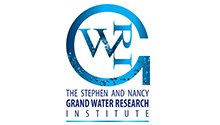
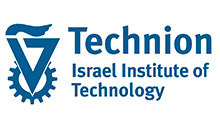
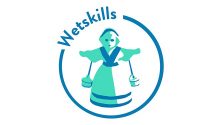
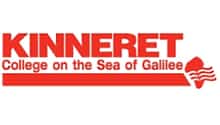
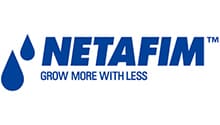
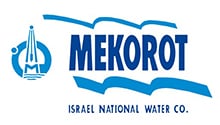
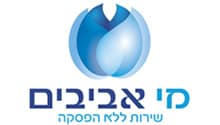

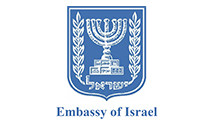
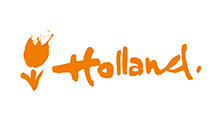
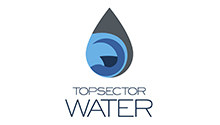
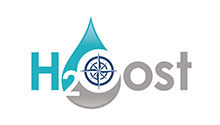
Event Blogs

